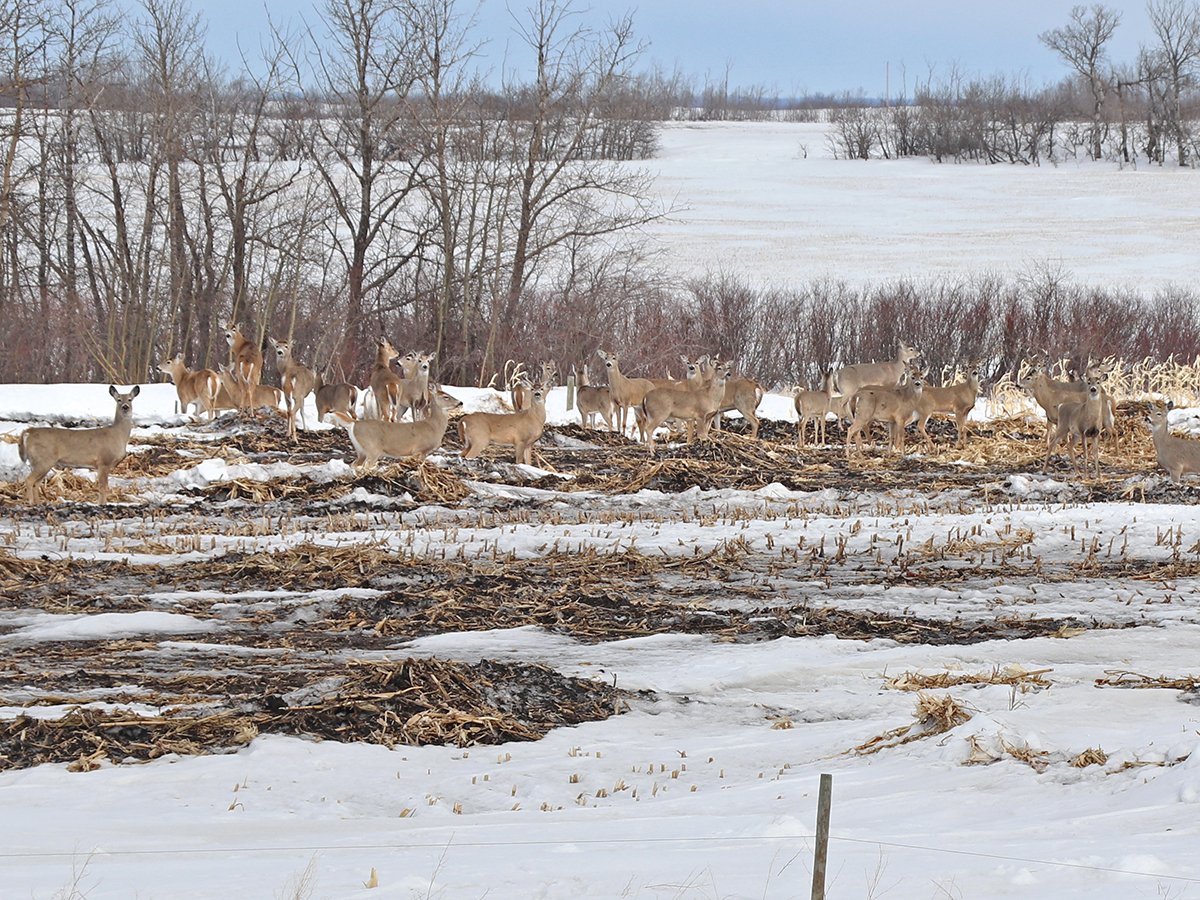RED DEER — The spread of diseases between animals and people is increasing every year.
“We anticipate we will see up to five new emerging diseases over every year period,” said Brian Evans, head of the World Organization for Animal Health’s scientific and technical department.
“We think four of that five will probably be zoonotic, that will affect multiple species, human and animals combined.”
He told the Alberta Beef Industry conference, which was held in Red Deer Feb. 17-19, that the world is entering an era of vector borne disease.
Read Also

Foot-and-mouth disease planning must account for wildlife
Our country’s classification as FMD-free by the World Organization for Animal Health has significant and important implications for accessing foreign markets.
“We will see new and emerging diseases in ways we never even imagined was possible before,” he said.
Insects are surviving longer and spreading further as weather warms or changes. They are re-sponsible for spreading diseases such as bluetongue, Lyme disease and the West Nile and Zika viruses. Other animals, such as badgers, carry tuberculosis.
Numerous international organizations oversee global disease outbreaks and cite a long list of reasons for poor health.
Dire poverty is often a common factor in the spread of disease.
“People tend to focus on the public side of the fence, ignoring the animal health side of the fence,” Evans said in an interview.
“In most poverty stricken situations, that is where the relationship between animals and humans is most intimate.”
Poultry and people live together in many developing countries.
“This is where all the new influenza strains come from,” he said.
“It is not rocket science, it is biology.… Poverty is a very significant contributor to new disease emergence, particularly in zoonoses, because it is more human-animal interaction and in many circumstances the ecosystem health is very poor with sanitation and poor water quality.”
Vaccination and improved health care could make the difference.
“We could eliminate 99 percent of human rabies cases every year by mass vaccinations,” he said.
“It is much cheaper than doing treatment. The people most im-pacted by rabies are young children in poor rural settings.”
International organizations that monitor disease also share information to keep it under control.
For example, the Schmallenburg virus is spread when insects bite sheep and cattle. The disease, which was first diagnosed in Germany in 2011, causes brain deformities in calves and lambs. It has received little attention.
Information was circulated when cases started to appear in ruminants, and it was learned that infected animals become immune.
There could be a sharp increase in births of abnormal calves and lambs if it showed up in North America, but animal health networks are able to share information around the world.
“When these things do occur, the methods for testing automatically go out to labs around the world, so no one has to start from square one,” he said.
Effective biosecurity can help control factors outside the farm-gate because the disease can seemingly show up from nowhere.
Biosecurity is a hazard analysis critical control plan for every farm, in which producers know who comes on the property and what the neighbours are doing
“You cannot prepare to manage emergencies successfully and deal with failure as an option,” he said.
“I am hoping you are prepared to think of prevention in a whole different light.”
The plan needs to consider the location of windbreaks, free standing water and migratory pathways for wildlife. Other factors include:
- immune status of animals and what can be done to improve it
- stocking density and animal welfare
- staff training
- environmental factors
- movement and access of people
- security of the perimeter
The consequences of a serious disease outbreak may be loss of animals, trade restrictions and economic losses.















